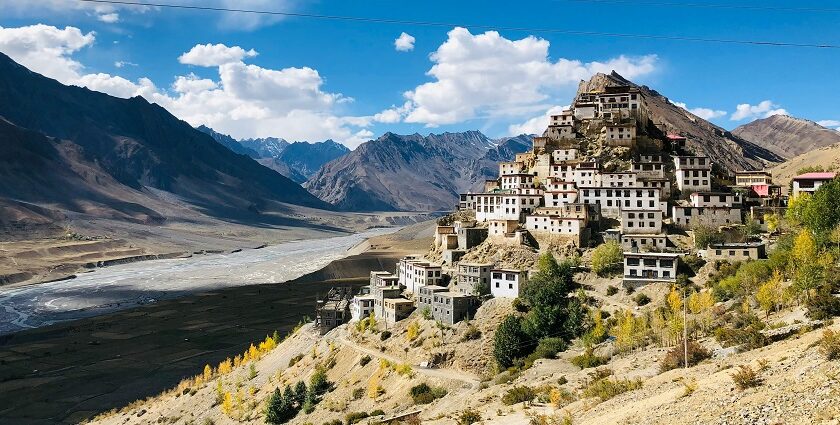The valleys in Himachal Pradesh stand among the most significant landscapes of the Himalayas. Snow-covered peaks rise sharply above the horizon, rivers carve their way through meadows, and small villages appear quietly along the slopes. Kullu bursts with apple orchards, the air carrying the scent of fruit while locals work in the fields. Spiti feels bare and quiet, the kind of place where the sky seems too wide and the cliffs stand almost empty except for a monastery or two clinging to the rock. Kangra changes everything; its slopes are softer, tea bushes rolling down in waves of green that shine after a sudden rain..
10 Valleys In Himachal Pradesh That Travellers Love
The valleys in Himachal Pradesh invite visitors with snow peaks, rivers, orchards, and villages tucked into the hills.
1. Kullu Valley
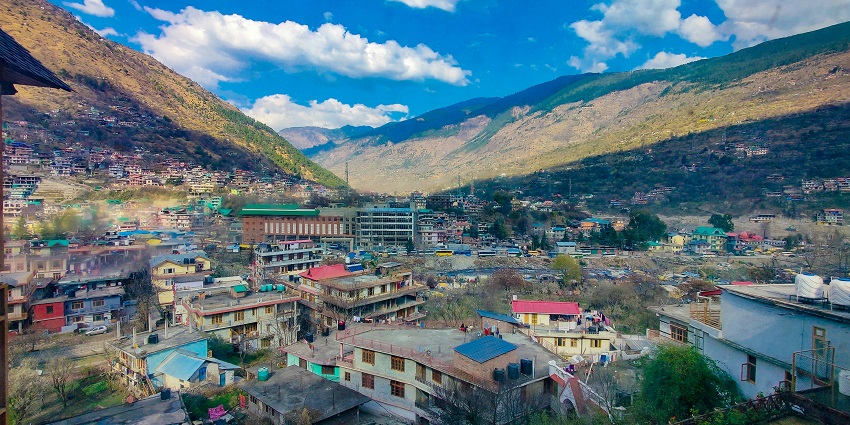
Kullu Valley sits in the lap of the Himalayas, with the Beas River running fast through its centre and snowy peaks crowding the skyline. The valley feels open, orchards climbing the slopes and villages sitting close to the Beas. In spring, apple trees cover the hills with white flowers, and the smell of pine drifts through the air. Naggar shows its age in old wooden houses and the castle above the road. In smaller hamlets, farmers bend over fields, shrines shine with fresh flowers, and smoke from kitchens hangs low.
Best Time To Visit: March to June, September to October
Famous For: Apple orchards, Dussehra festival, paragliding and rafting
Suggested Read: Best Places To Visit In Barot Valley For Your Next Crazy Trip
2. Spiti Valley
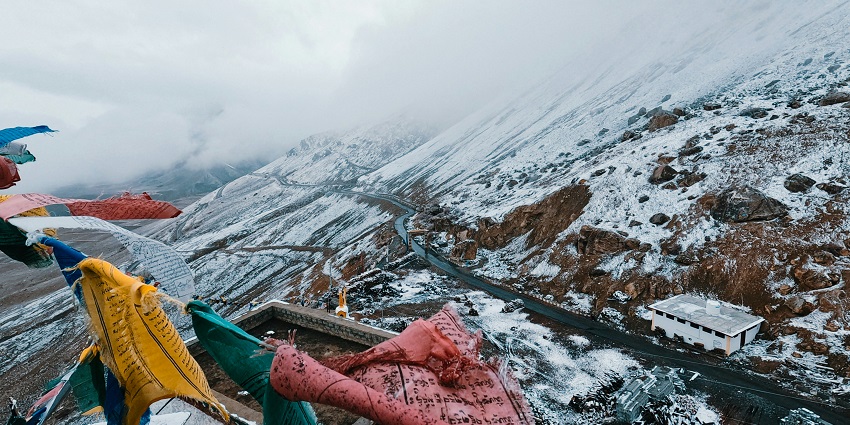
Spiti Valley lies high in Himachal Pradesh, a dry, cold desert with wide open slopes and sharp peaks in the distance. The ground below holds more rock and sand than grass, with winding roads cutting through it. Villages look small against the vast setting, clusters of white homes close to each other with narrow fields of barley or peas nearby. Key Monastery rises above the river on its slope, prayer flags snapping hard in the wind. Dhankar and Tabo also stand as important monasteries, their walls carrying paintings and scriptures that reflect the region’s long past.
Best Time To Visit: May to September
Famous For: Monasteries, cold desert scenery, starry skies
3. Kangra Valley
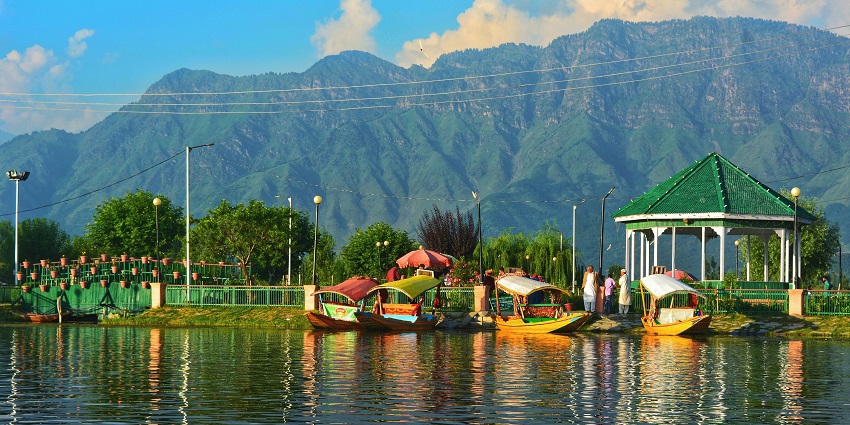
Photo: Darshan Chudasama / Unsplash
Kangra Valley spreads at the base of the Dhauladhar ranges, green through most seasons. Tea gardens spread in rows along the slopes, with forested ridges rising behind. Streams run through the fields and keep the soil fertile. Dharamshala lies here, noted for Tibetan culture and its calm mountain setting. A short distance away is McLeod Ganj, home to monasteries, libraries, and the residence of the Dalai Lama. Kangra also carries history through its temples. The Masroor Rock Cut Temple, carved from stone, and the Brajeshwari Temple remain important places of faith.
Best Time To Visit: March to June, September to November
Famous For: Tea gardens, Dharamshala and McLeod Ganj, ancient temples
Suggested Read: Things To Do In Solang Valley
4. Parvati Valley
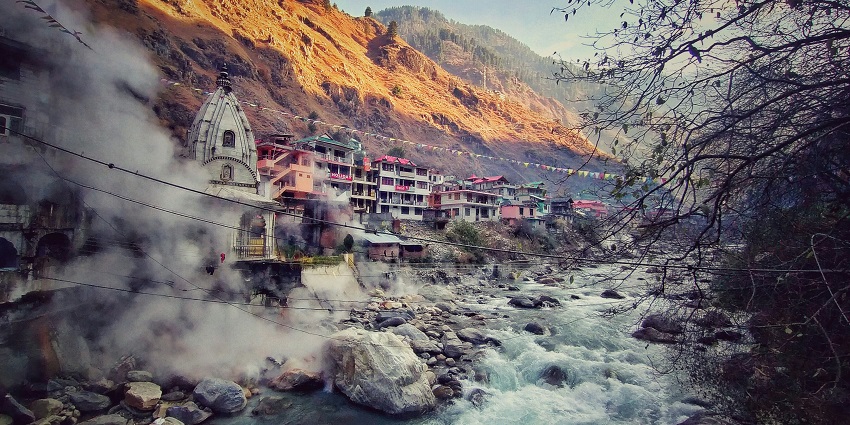
Parvati Valley runs across the Kullu district, shaped by the Parvati River before it meets the Beas. The valley looks tight, slopes climbing high with pine and deodar. Villages rest close to the water. Kasol has cafés and guesthouses, always busy with travellers. Tosh and Chalal stay calmer, marked by stone homes and fields. The river moves fast, filling the valley with sound all day. From the valley floor, paths climb into the hills. One of them reaches Malana, a village often noted for its isolation and different way of life.
Best Time To Visit: March–June, September–October
Famous For: Kasol, Kheerganga trek, Malana
5. Sangla Valley
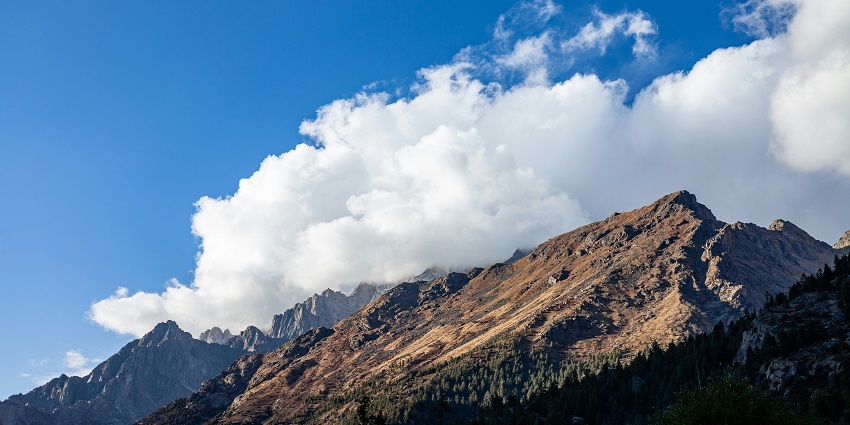
Photo: Rowan Heuvel / Unsplash
Sangla Valley, also known as Baspa Valley, rests in Kinnaur district along the flowing Baspa River. High mountains rise on both sides of the valley, making it feel enclosed and striking. Villages line the river, their wooden houses with carved balconies and slate roofs showing Kinnauri design. Sangla town serves as the hub. Streets are tight, filled with shops and guesthouses. On the hills, orchards of apple and apricot shift with the season, blossoming first, fruit later. Kamru Fort stands above Sangla, its weathered tower looking over the houses clustered below.
Best Time To Visit: April to June, September to October
Famous For: Apple orchards, Kamru Fort, Chitkul village
Suggested Read: Things To Do In Spiti Valley
6. Kinnaur Valley
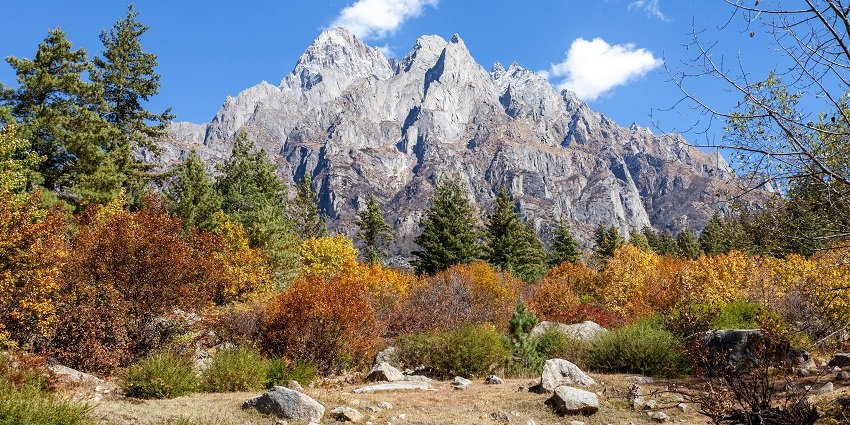
Photo: Rowan Heuvel / Unsplash
Kinnaur Valley lies in the eastern Himalayas. Sheer cliffs rise above the valley, and the higher peaks keep their snow through most of the year. The Sutlej River runs below, twisting roads following its path and climbing toward hillside villages. Homes here are made of stone and wood. Some carry carved balconies, their heavy roofs built to take the weight of snow. On the slopes, orchards spread wide, glowing with blossoms in spring and heavy with apples later in the year. It remains one of the best valleys in Himachal Pradesh, valued for its mountain setting and strong local traditions.
Best Time To Visit: April to October
Famous For: Kinnaur Kailash, apple orchards, Chitkul village
7. Lahaul Valley
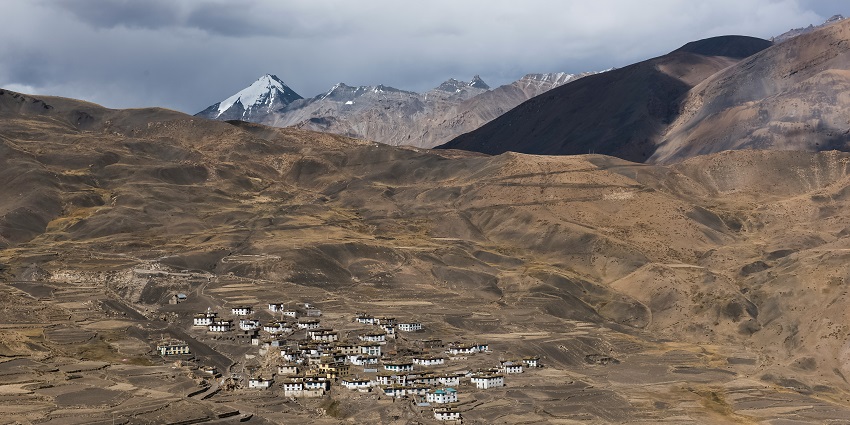
Lahaul Valley opens beyond Rohtang Pass, where Kullu’s greenery ends and the slopes turn dry and bare. Peaks rise high above, many of them holding snow through most of the year. At the centre, the Chandra and Bhaga rivers meet to form the Chenab, its water pushing hard through stone gorges and wide plains. The villages in Lahaul are few and spread wide, their homes of stone and timber topped with flat roofs for the winter snow. Days pass under clear skies, and nights bring a sharp, steady cold. Counted among the famous valleys in Himachal Pradesh, it is remembered for its rugged scenery and deep sense of calm.
Best Time To Visit: June to September
Famous For: Keylong, monasteries, rugged landscapes
Suggested Read: Things To Do In Tirthan Valley
8. Chamba Valley
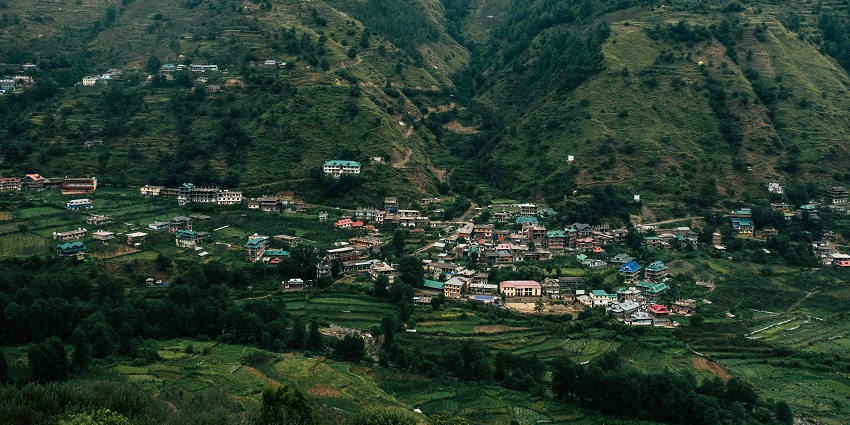
Photo: Frederick Shaw / Unsplash / Image For Representation Only
Chamba Valley lies in the northwest of Himachal Pradesh, sheltered by the Pir Panjal and Dhauladhar ranges. At the centre lies Chamba town, often seen as the cultural heart of the valley, with its historic temples, palaces, and lively markets. The lanes of Chamba stay busy with shopkeepers and villagers, yet the past shows itself in the old stone walls and bits of carved wood along the way. Close by is Khajjiar, often called the “Mini Switzerland of India,” where a wide meadow, a small lake, and a circle of cedar trees create a striking view.
Best Time To Visit: March to June, September to October
Famous For: Chamba town, Khajjiar, temples and palaces
9. Bhaga Valley
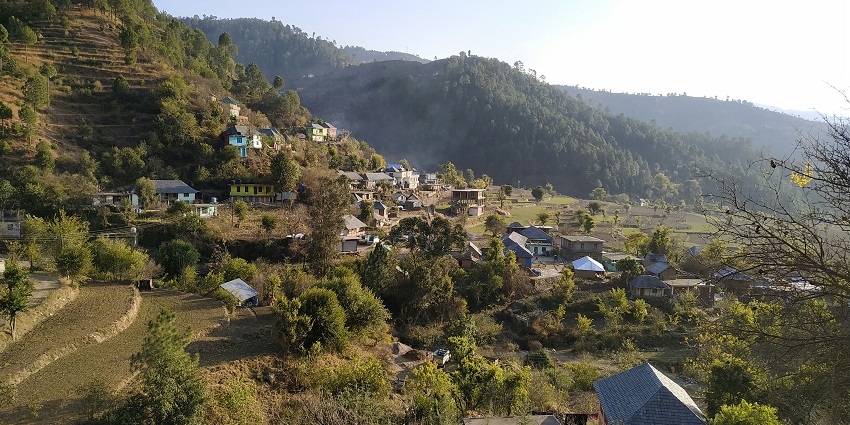
Photo: Harish Bharti / Unsplash
Bhaga Valley is found in the Lahaul region of Himachal Pradesh, a high, rugged landscape carved by the Bhaga River. It starts near Baralacha La, a snowbound mountain pass, and runs downward as the river cuts past barren slopes and small villages. The valley looks raw and wide, with rocky ground giving way to fields around the villages. Jispa, set beside the river, serves as a regular halt for those on the road to Leh. It offers quiet guesthouses, a monastery on the hillside, and wide views of the valley floor.
Best Time To Visit: June to September
Famous For: Jispa, Baralacha La, river landscapes
Suggested Read: Best Places To Visit In Tirthan Valley To Explore The Pristine Nature
10. Pangi Valley
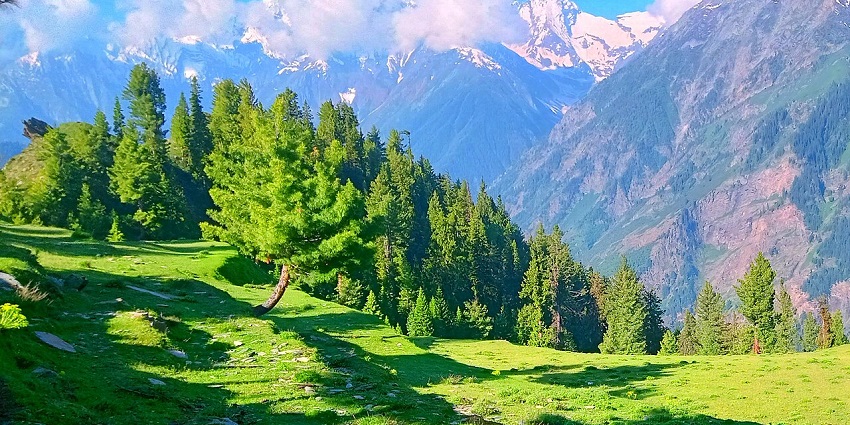
Photo: Jverma explorer / Wikimedia Commons
Pangi Valley, hidden deep in Himachal Pradesh, is cut off by high passes and known for its striking landscapes. Access usually comes through the Saach Pass, which stays under snow for months and opens only in summer. The road winds along steep cliffs and sharp turns, giving views of land that looks wild and untouched. Wooded areas, green meadows, and clusters of homes appear across the slopes of the valley. The homes are built in the old way, with wood and stone, so they last through the harsh cold.
Best Time To Visit: July to September
Famous For: Saach Pass, remote villages, trekking routes
Exploring the valleys of Himachal is a journey through various beautiful landscapes, diverse cultures, and traditions that have endured for centuries. These valleys show that the mountains are not only peaks and snow but living spaces filled with culture and meaning. Plan and schedule your next trip with TripXL and let the mountains offer you peace and a serene feeling.
Cover Photo: Tarun Arora / Unsplash


 WhatsApp
WhatsApp
 Twitter
Twitter
